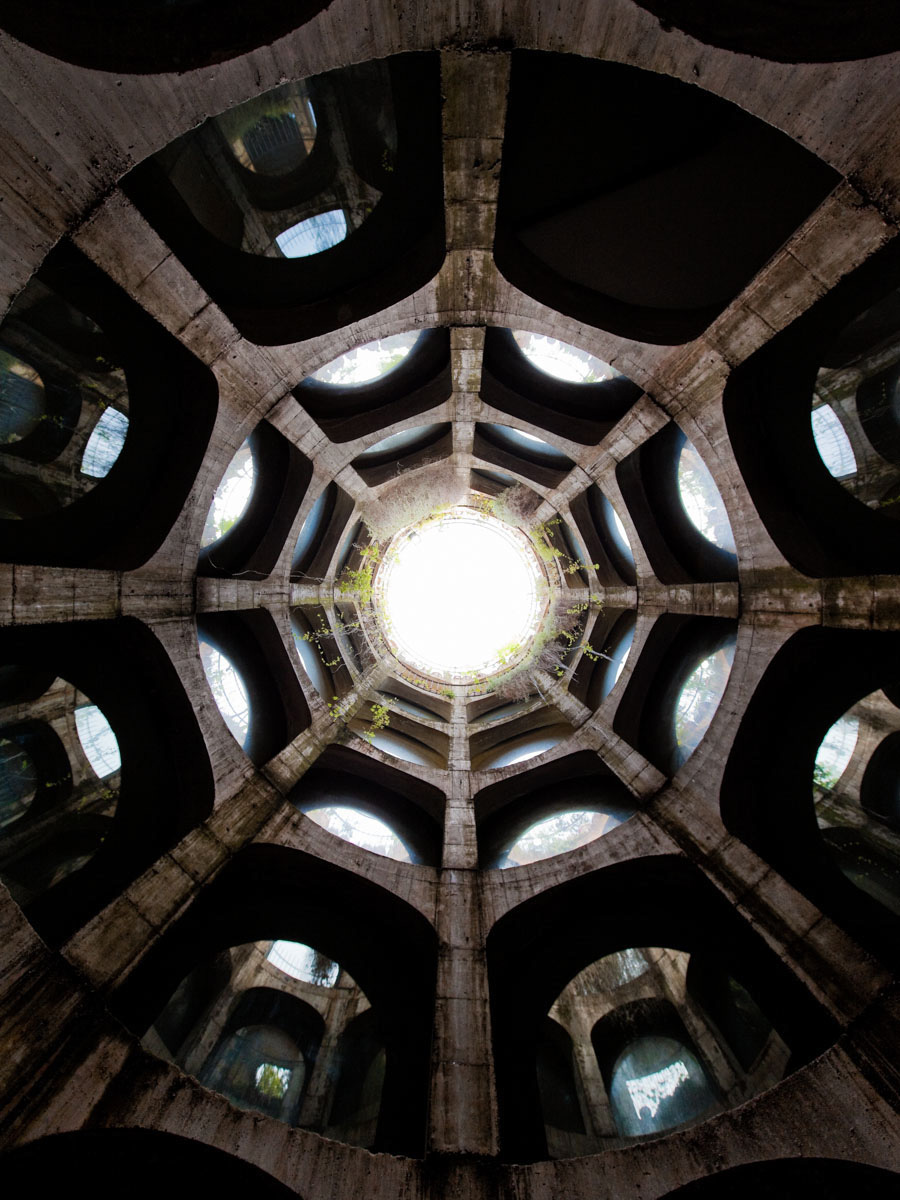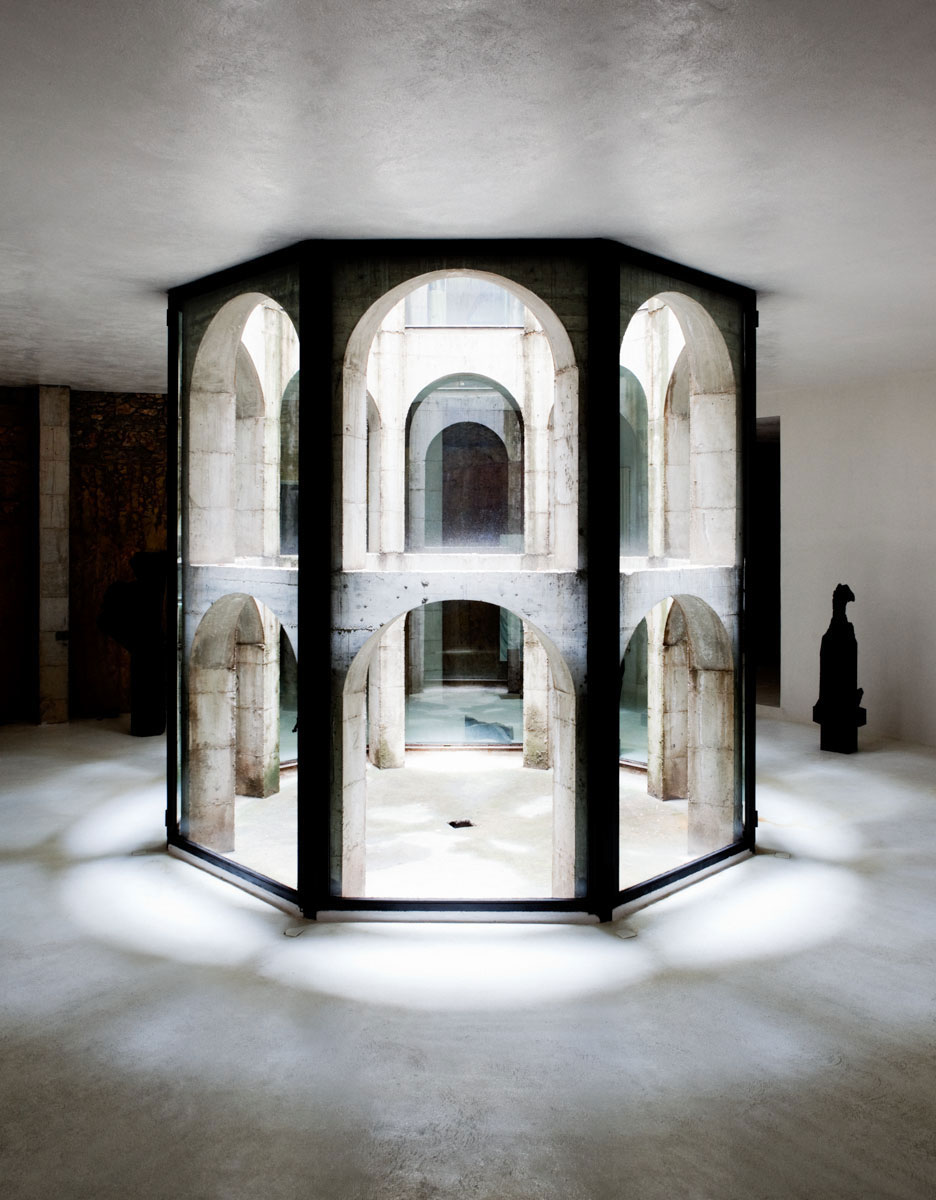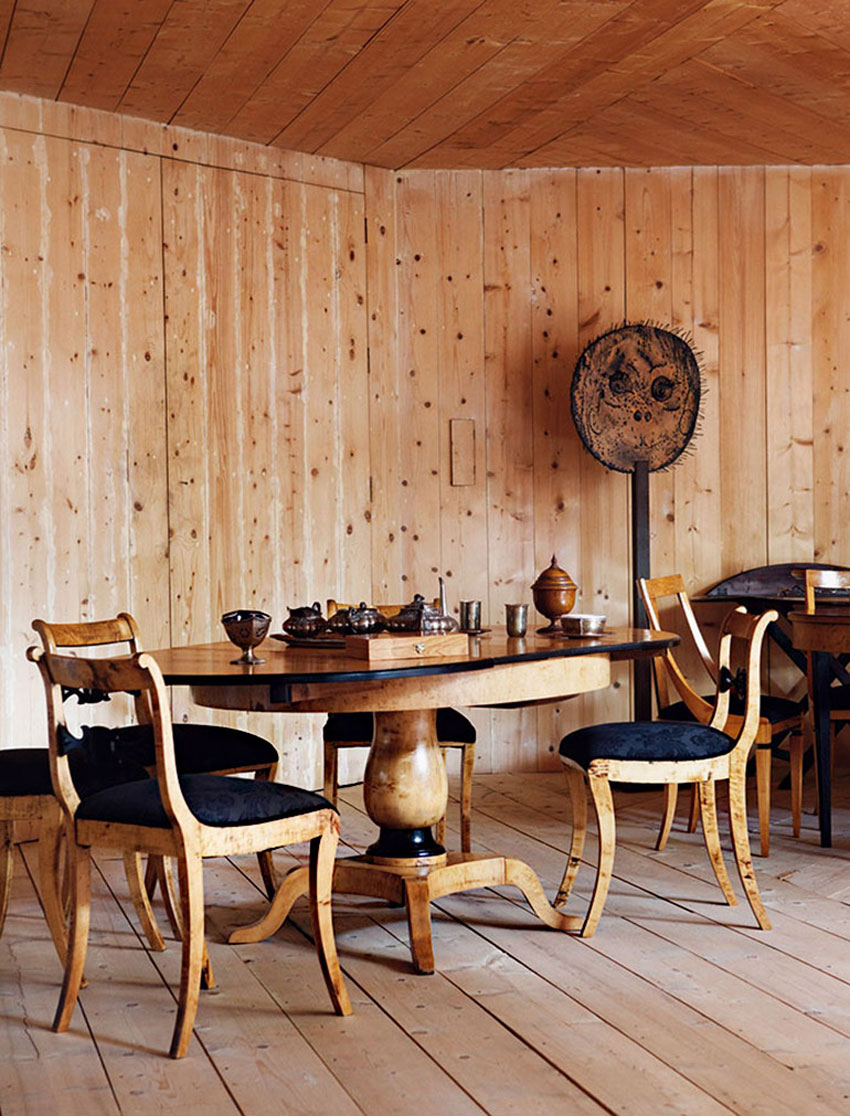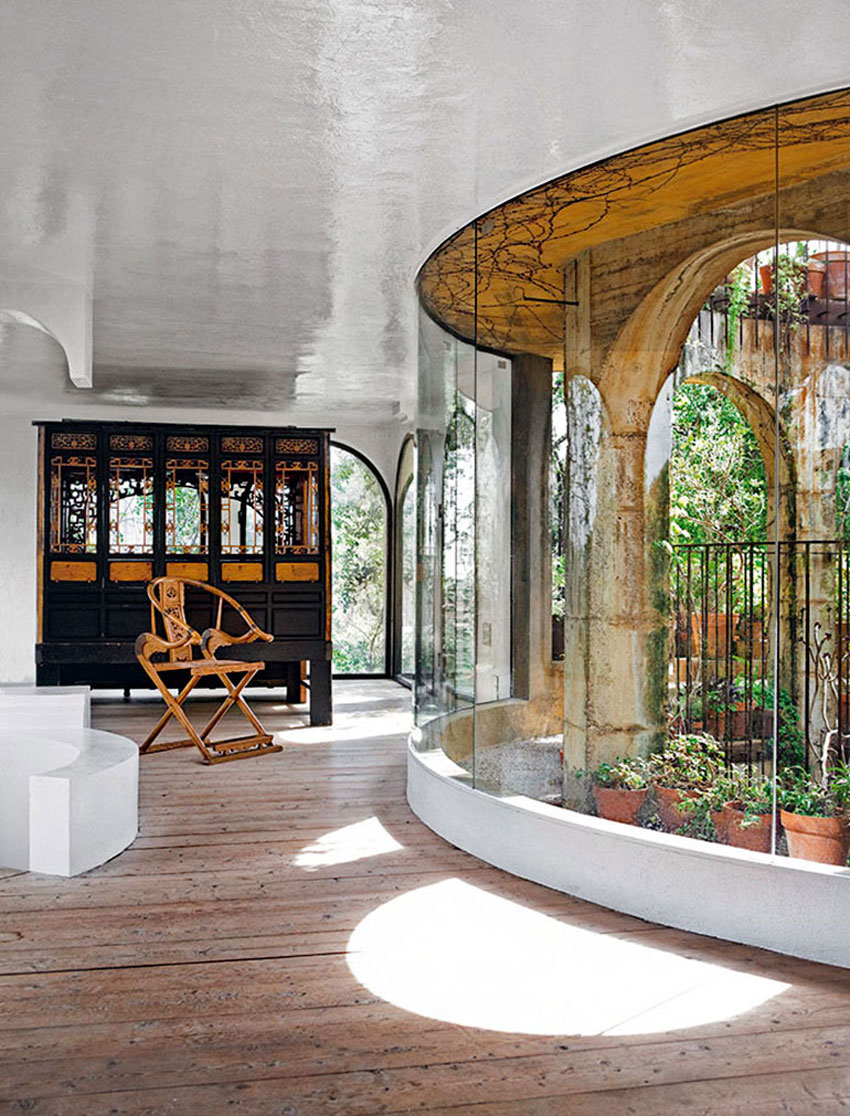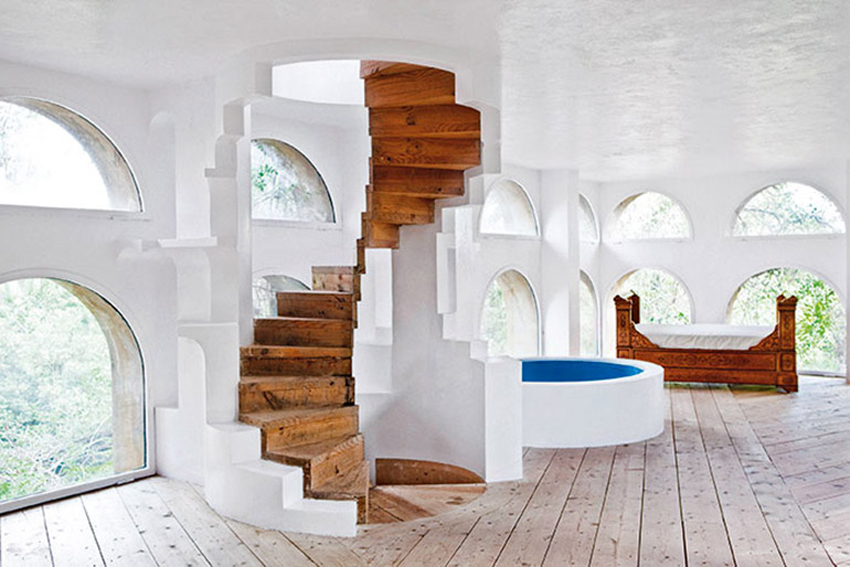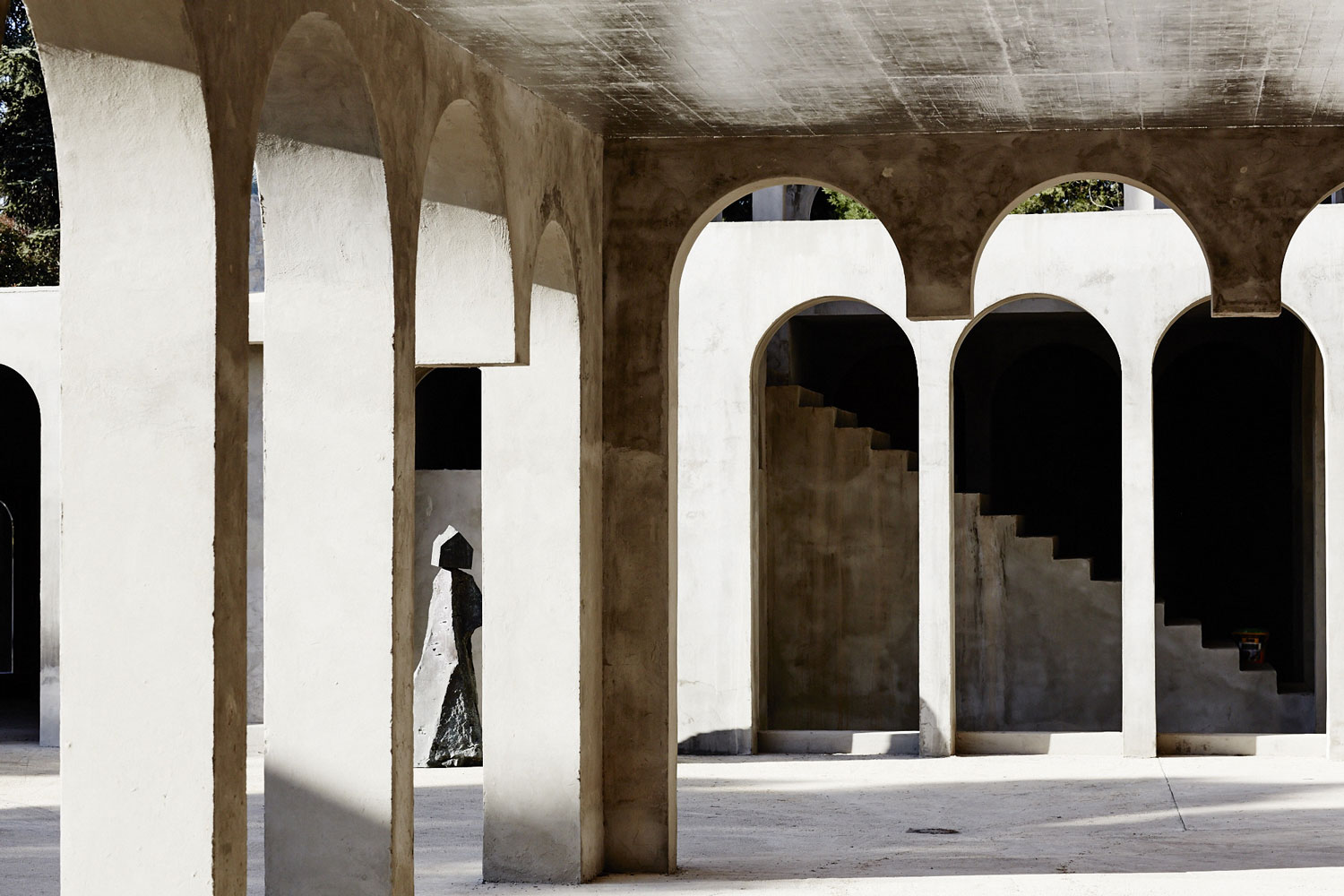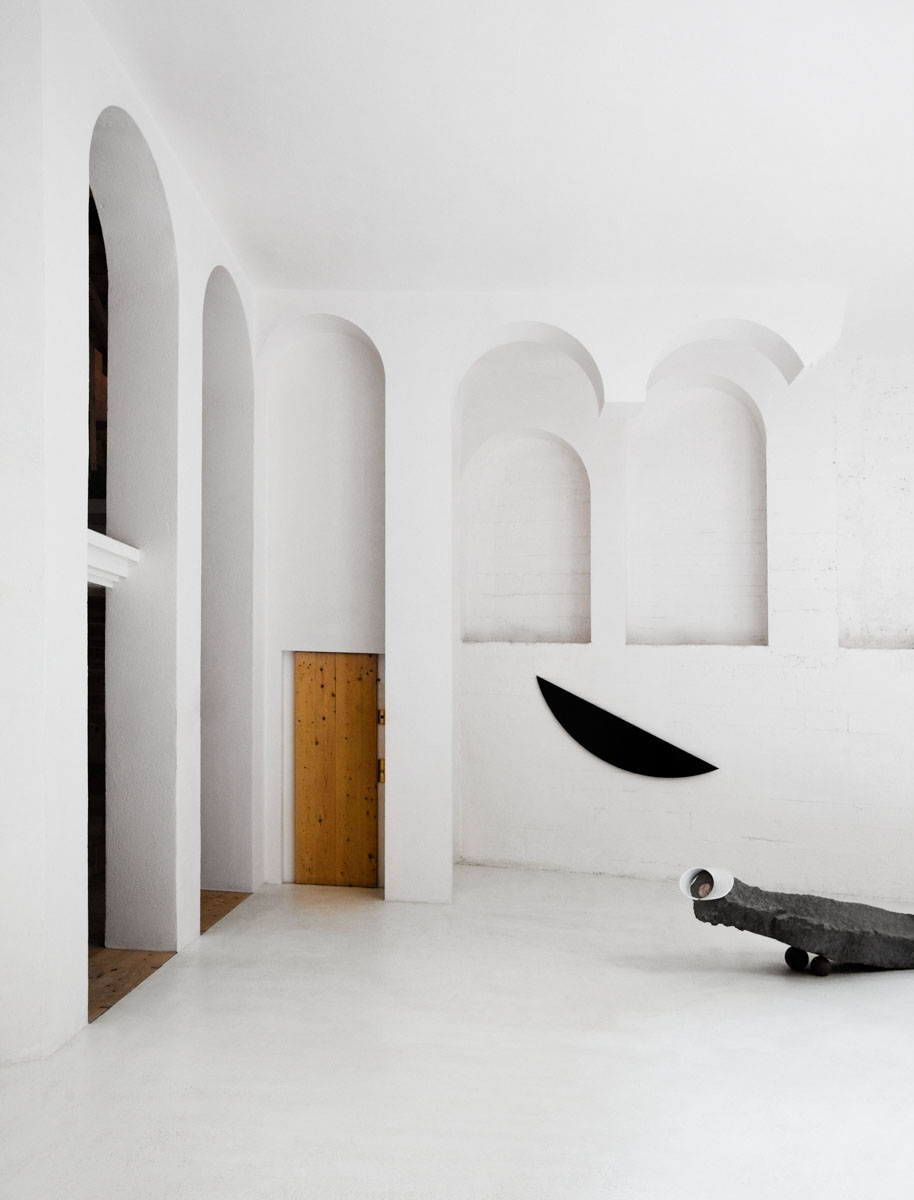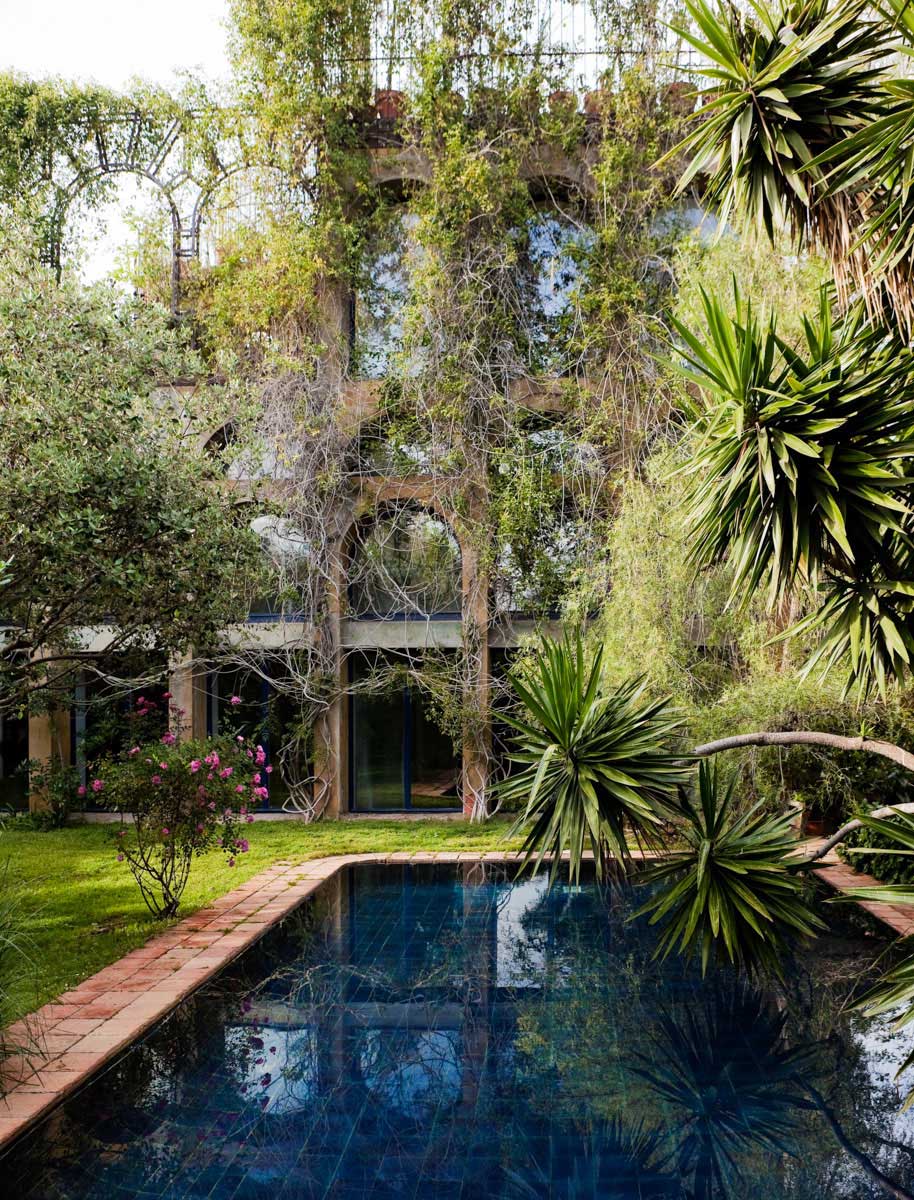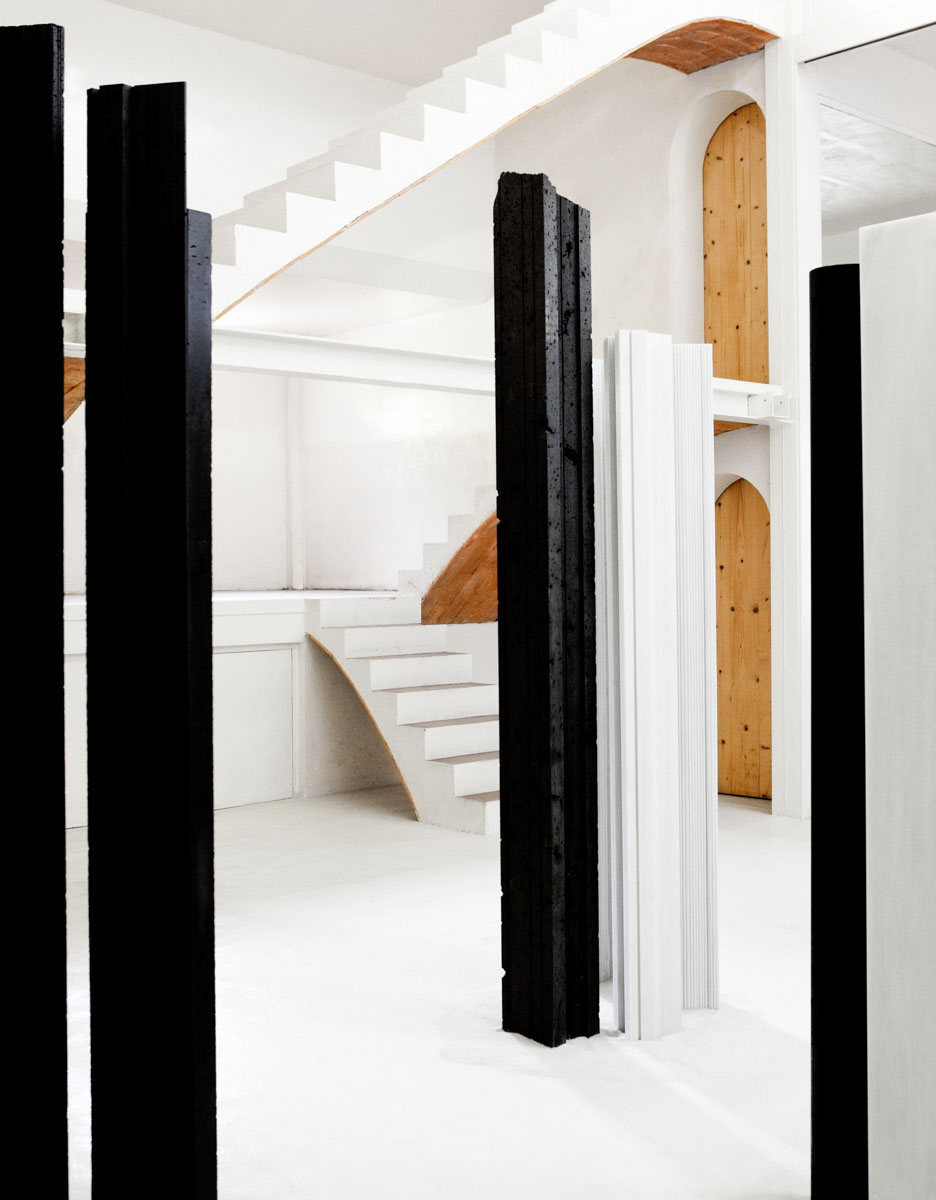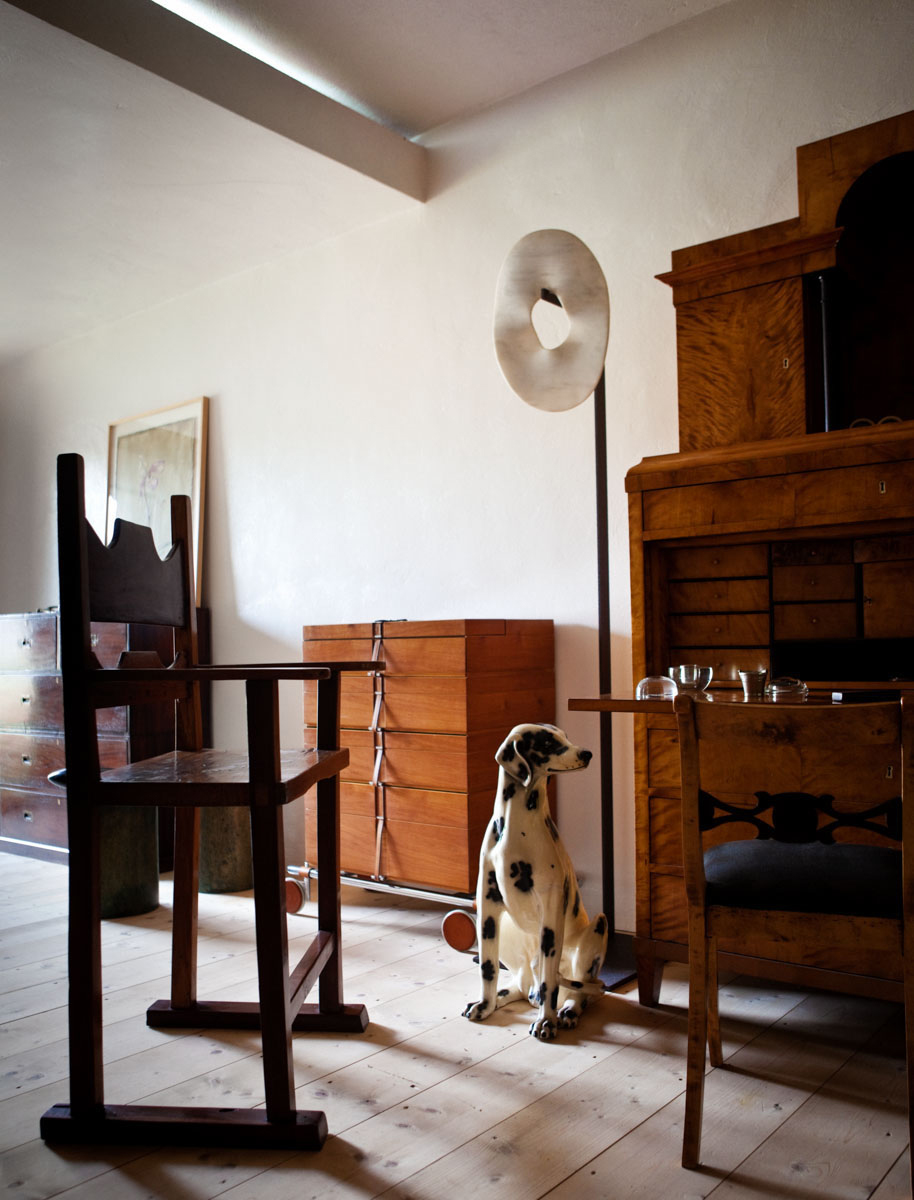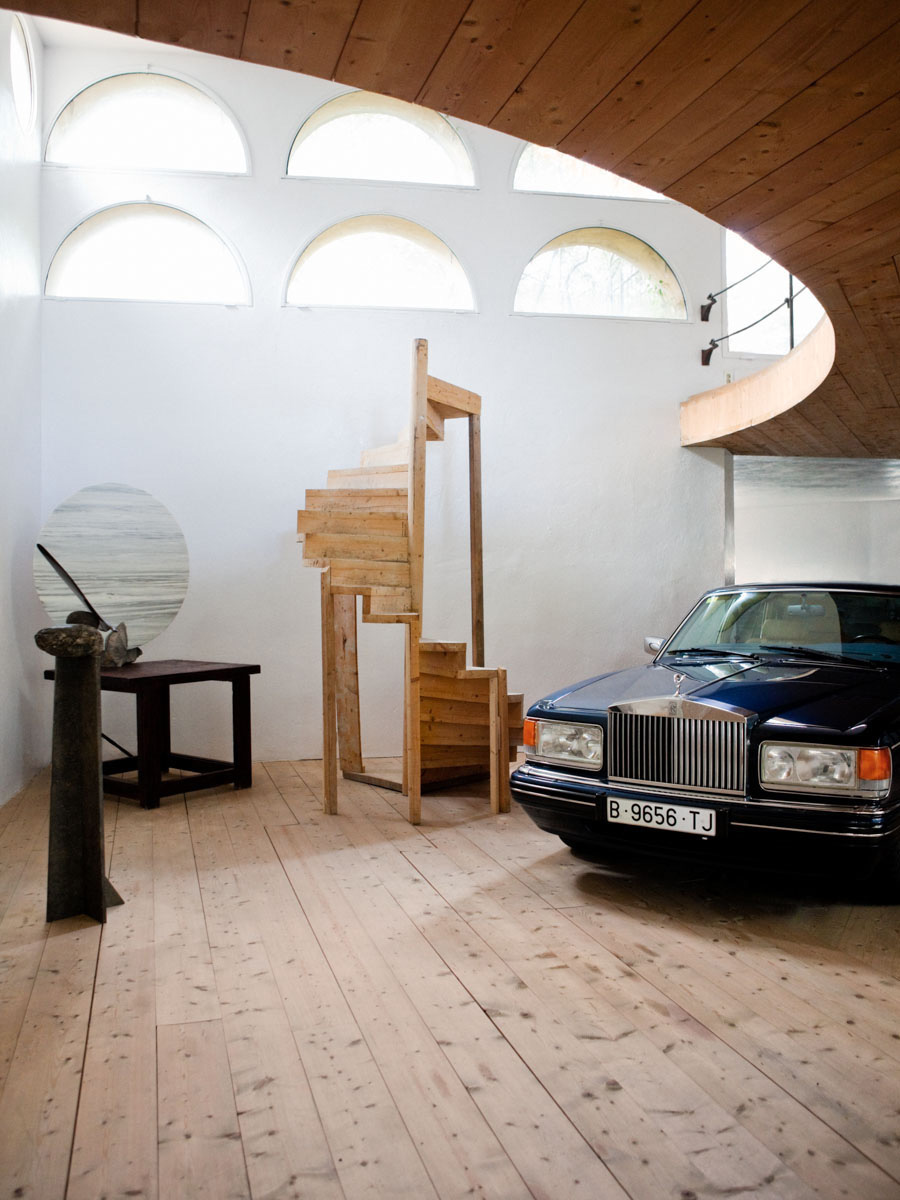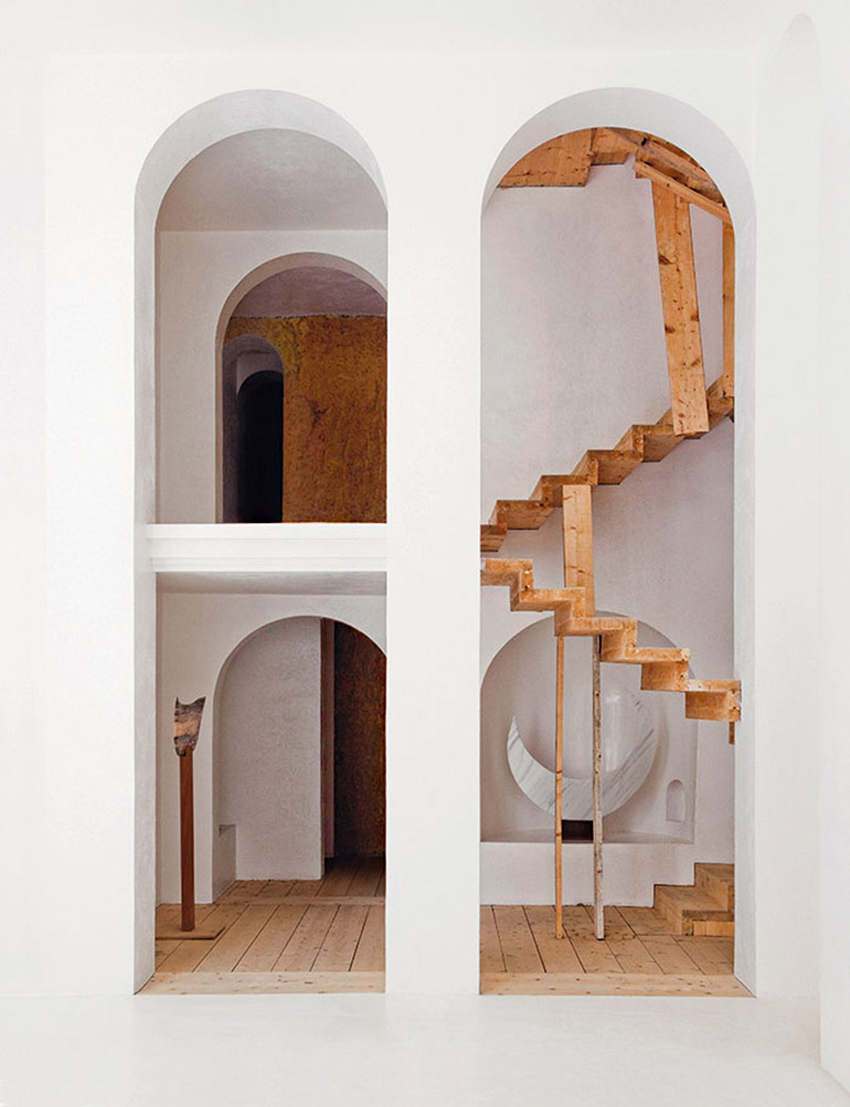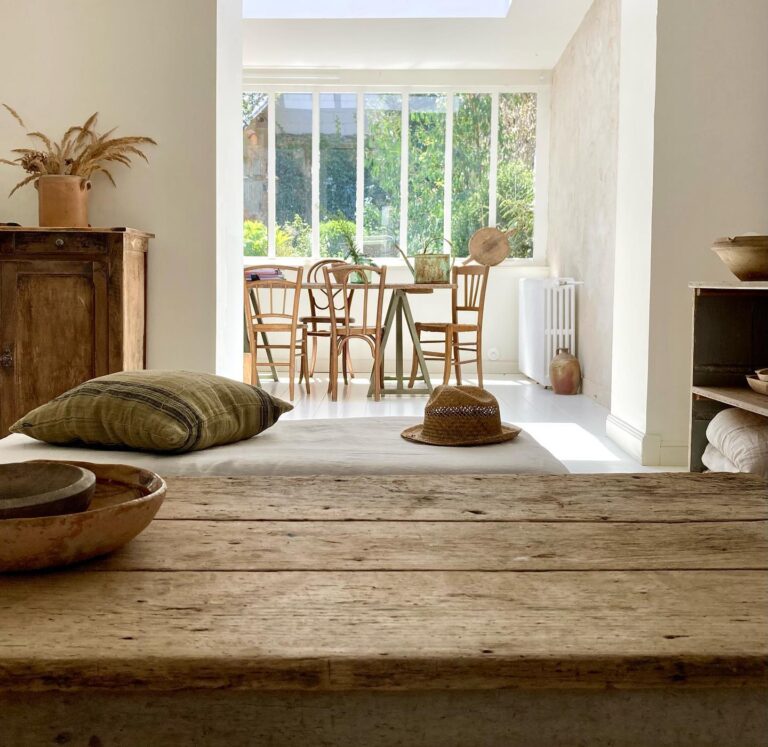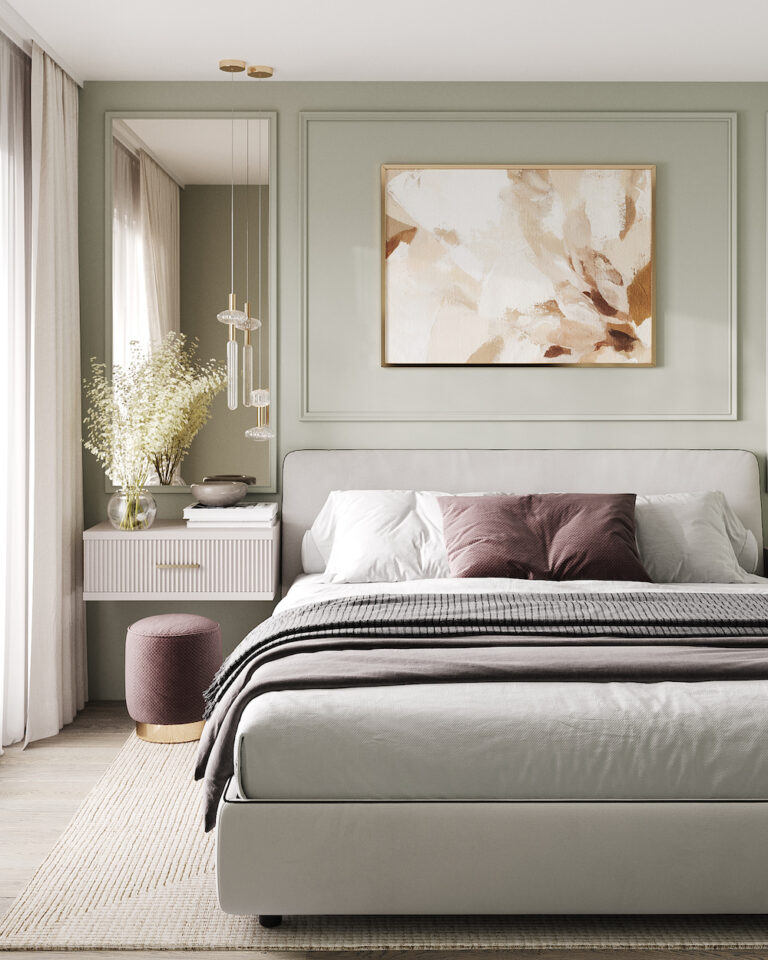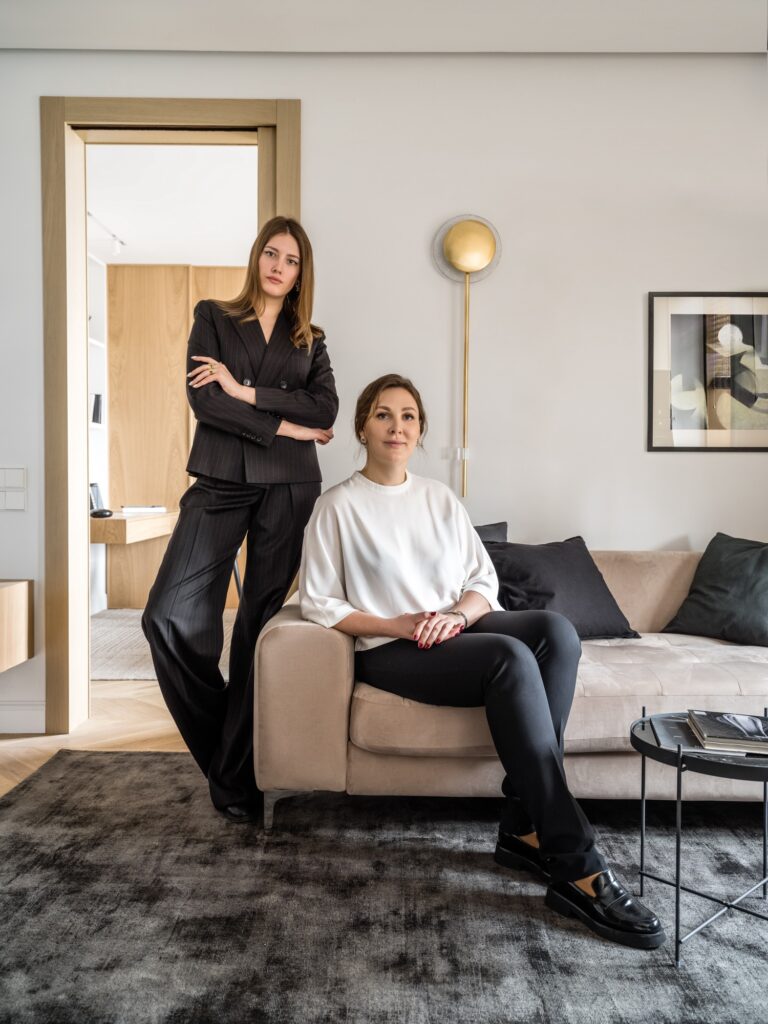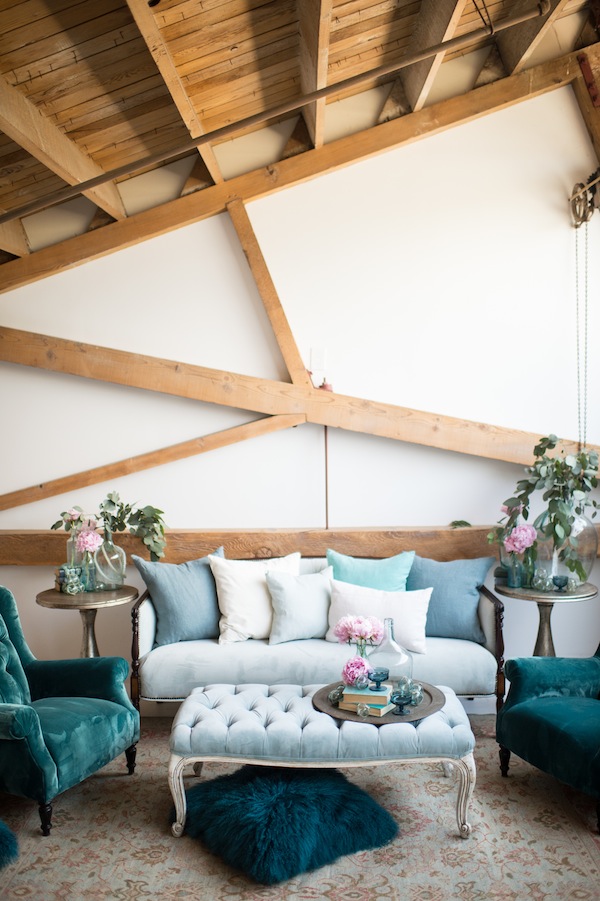Xavier Corbero’s House in Barcelona
Xavier Corberó was a typical Catalan: furious, eccentric and at the same time prudent. He is one of the few Barcelona artists known worldwide. And in Catalonia, where his sculptures made of metal and stone surround many public buildings, he is a legend.
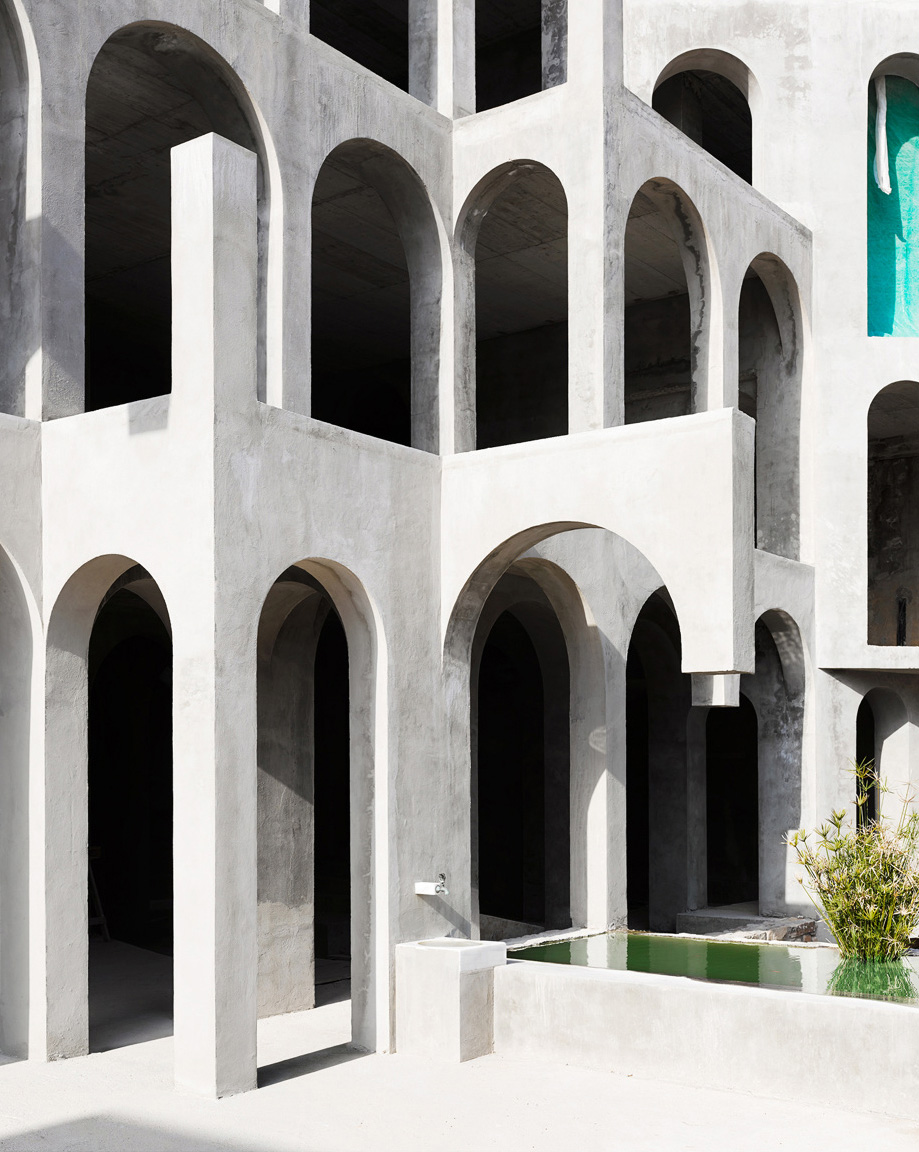
Artistic preferences of Corberó were extremely eclectic. The main authorities for him are Rodin, Brancusi and Giacometti. He had a weakness for African wooden sculptures and at the same time adored Baroque, Dada, surrealism and especially Salvador Dali, with whom they hung out a lot in New York in the seventies. “Dali said to me:” We must live a life of danger! “- And we clinked glasses with sparkling water.)”
Corbero liked to shock during conversations with him and hated political correctness. Every now and then he allowed to use strong words, and even his parrot was swearing like a sailor. It is clear that such a person could not live in a normal home. Instead, he needed a tall tower with a large well in the middle.
A strange building – as if it was painted by the surrealist de Chirico, or invented by the storyteller Lewis Carroll. Five tiers above the ground and three underground ones – eight levels altogether. There are almost no windows, staircases go nowhere, narrow aisles lead to neighboring buildings. The roof is covered with hanging gardens, and the courtyard-well is surrounded with greenery in the manner of a Mediterranean patio. The vaulted structure of the windows and doors facing the courtyard is repeated on the façade.
Corberó built his tower in the middle of the nine farms which he had bought since 1969 when the real estate prices in Spain were very low.
Inside the giant living sculpture is filled with various quirky objects found in antique shops and flea markets. There are a lot of really valuable and unique things here, his collection is a mishmash of Art Deco furniture, Biedermeier-style couches, Le Corbusier’s chaise-longues, Chinese screens. Ironically, the atmosphere here is almost museum – maybe because of the white plastered walls. Corberó stated that he specifically sought this effect: “I created this space to look at things and admire them.”
Not a house, not a castle, not a warehouse, not a studio, but all together – an architectural and artistic object at the same time. Over this masterpiece, the sculptor worked over twenty years – both as a designer and as a builder. It turned out to be the main sculpture of his life.
